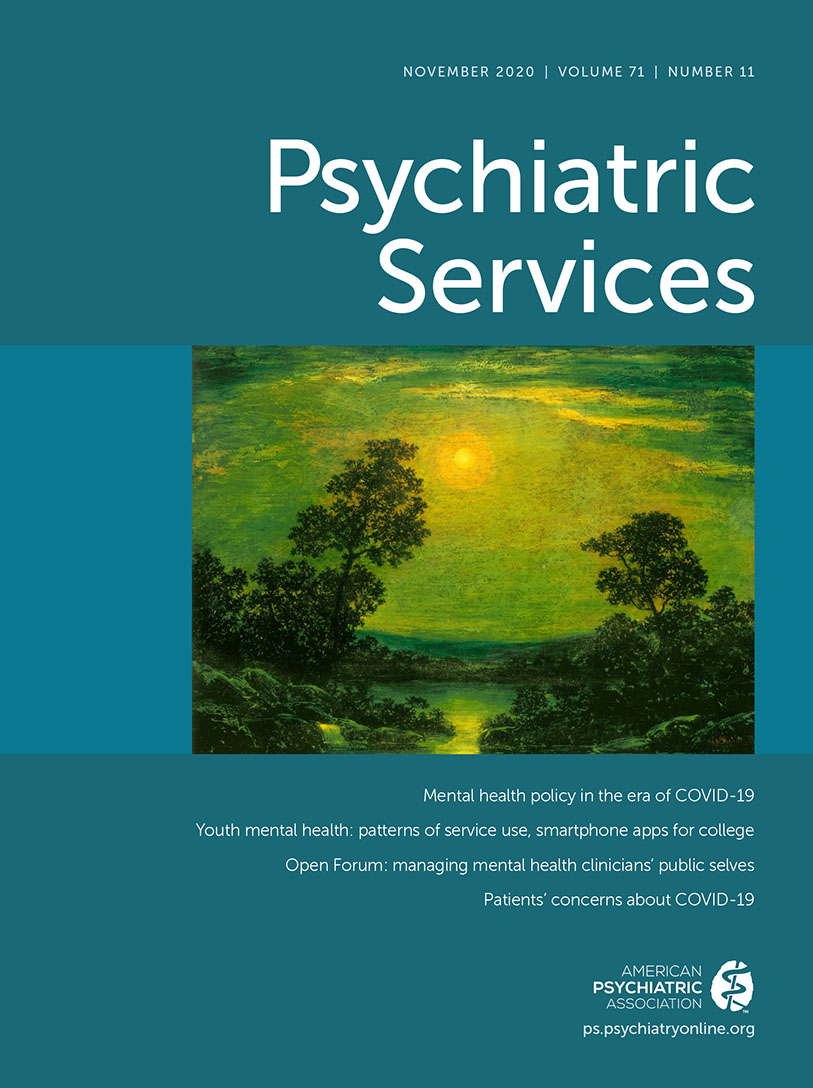Dissemination Strategies to Accelerate the Policy Impact of Children’s Mental Health Services Research
Abstract
The United States is in the midst of a children’s mental health crisis, with rates of depression, anxiety, and suicide increasing precipitously. Evidence produced by children’s mental health services research can help address this crisis by informing public policy decisions about service delivery, system design, and investments in the social determinants of mental health. Unfortunately, the policy impact of children’s mental health services research is limited because evidence often fails to reach policy makers, be responsive to their needs, resonate with their worldview, or reflect the contexts in which they make decisions. Dissemination strategies—defined as the development and targeted distribution of messages and materials about research evidence pertaining to a specific issue or intervention—can help address these challenges. Yet, limited integrated guidance exists to inform the design of such strategies. This article addresses this need by synthesizing the results of empirical studies to provide guidance about how to enhance the dissemination of children’s mental health services research to policy makers. The article provides four recommendations about the content of policy maker–focused dissemination materials, discusses how strategic framing and message tailoring can increase the chances that evidence is persuasive to policy makers, and highlights strategies to ensure that evidence reaches policy makers.



